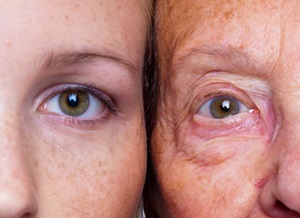
Hereditary Ocular Disease
According to Research to Prevent Blindness, there are more than 350 hereditary eye diseases, such as albinism, aniridia, colorblindness, corneal dystrophies, glaucoma, keratoconus, Leber congenital amaurosis, night blindness, retinitis pigmentosa and retinoblastoma etc. In this article, we will briefly explain the above mentioned diseases.
Albinism
Albinism is an inherited condition that leads to someone having very light skin, hair, and eyes. It happens because they have less melanin than usual in their body. Melanin gives skin, hair, and eyes their color. Except for vision problems, most people with albinism are just as healthy as anyone else.
Aniridia
Aniridia is a serious and rare genetic eye disorder that affects the colored part of the eye (iris). Aniridia means lack of an iris. With this condition, the iris is partly or fully gone. The pupil is abnormally large and may be oddly shaped.
Colorblindness
Color blindness occurs when you are unable to see colors in a normal way. It is also known as color deficiency. Color blindness often happens when someone cannot distinguish between certain colors. This usually happens between greens and reds, and occasionally blues.
Corneal Dystrophies
Corneal dystrophies are a group of genetic, often progressive, eye disorders in which abnormal material often accumulates in the clear (transparent) outer layer of the eye (cornea). Corneal dystrophies may not cause symptoms (asymptomatic) in some individuals; in others they may cause significant vision impairment.
Glaucoma
Glaucoma is a group of eye conditions that damage the optic nerve, the health of which is vital for good vision. This damage is often caused by an abnormally high pressure in your eye. Glaucoma is one of the leading causes of blindness for people over the age of 60.
Keratoconus
Keratoconus is an eye disease that affects the structure of the cornea, resulting in loss of vision. Keratoconus occurs in approximately one in 2,000 individuals, typically beginning in puberty and progressing into the mid-30s.
Leber congenital amaurosis
Leber congenital amaurosis is an eye disorder that primarily affects the retina, which is the specialized tissue at the back of the eye that detects light and color. People with this disorder typically have severe visual impairment beginning in infancy.
Night Blindness
Night blindness (nyctalopia) is your inability to see well at night or in poor light such as in a restaurant or movie theater. It is often associated with an inability to quickly adapt from a well-illuminated to a poorly illuminated environment.
Retinitis Pigmentosa
Retinitis pigmentosa (RP) is a group of rare, genetic disorders that involve a breakdown and loss of cells in the retina — which is the light sensitive tissue that lines the back of the eye. Common symptoms include difficulty seeing at night and a loss of side (peripheral) vision.
Retinoblastoma
Retinoblastoma is an eye cancer that begins in the retina — the sensitive lining on the inside of your eye. Retinoblastoma most commonly affects young children, but can rarely occur in adults. Your retina is made up of nerve tissue that senses light as it comes through the front of your eye.
